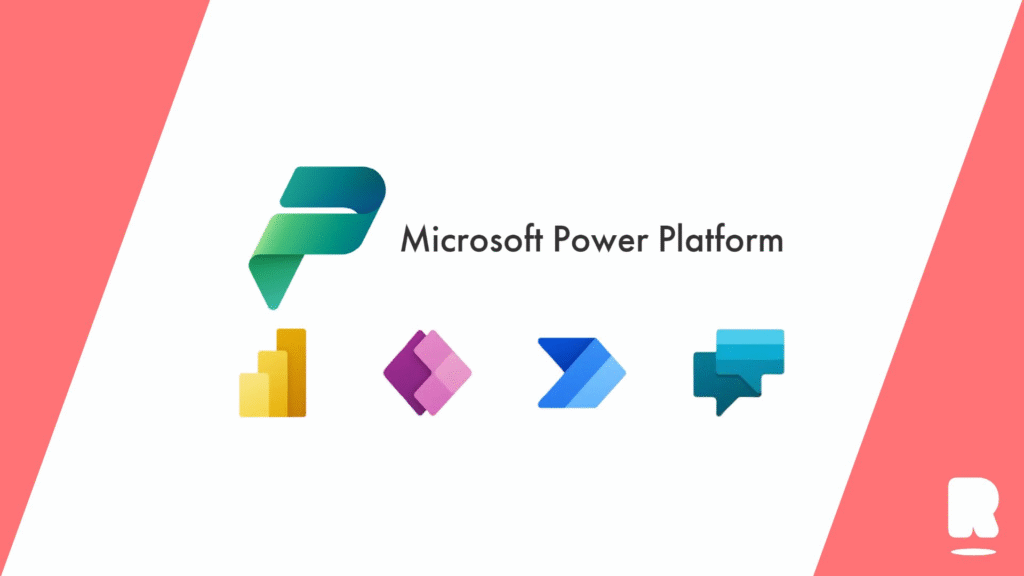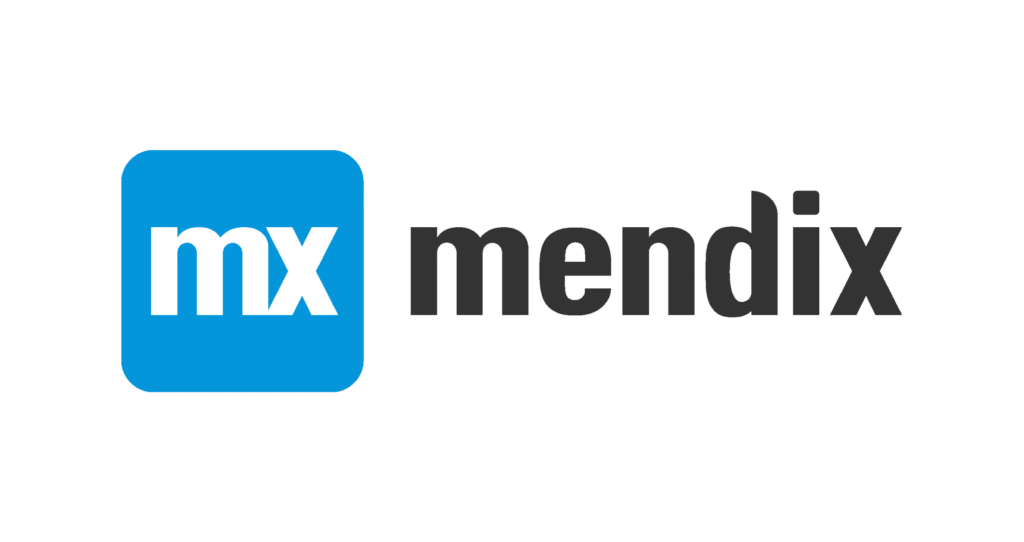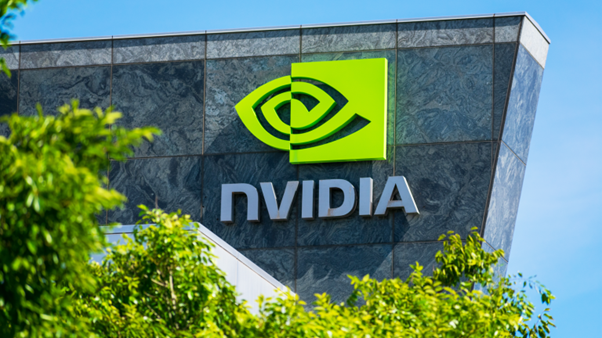In 2025, enterprises are racing to stay ahead in a digital-first world, and low-code/no-code platforms are leading the charge. These innovative tools empower businesses to create powerful applications with minimal coding, making them a game-changer for rapid digital transformation. With the global low-code market projected to hit $32 billion in 2024 [1], and 70% of new enterprise apps expected to leverage these platforms by 2025 [2], their impact is undeniable. Designed for both technical and non-technical users, low-code/no-code solutions resonate with millennials and Gen Z, who crave intuitive, fast, and creative tech. This blog dives into what these platforms are, their enterprise benefits, top picks for 2025, and real-world success stories.
Understanding Low-Code and No-Code Platforms
Low-code and no-code platforms revolutionize app development by offering visual development environments, drag-and-drop interfaces, and pre-built templates. These tools simplify the creation of business applications, enabling citizen developers—non-technical users—to build apps without deep coding knowledge.
What is Low-Code Development?

Low-code platforms streamline app creation with visual tools and minimal coding. They allow developers to build complex applications quickly, with some coding for advanced customization. This approach accelerates enterprise software development while maintaining flexibility [3].
What is No-Code Development?
No-code platforms take accessibility to the next level, enabling users with zero coding skills to create apps. Using intuitive interfaces, these platforms are perfect for business process automation and simple app development, appealing to Gen Z and millennials who value ease and speed [3].
Evolution of Low-Code/No-Code
Originating from rapid application development (RAD) tools in the 1990s, modern low-code/no-code platforms have evolved with cloud-native architecture, AI integration, and enterprise-grade scalability. They’re now critical for businesses aiming to innovate in 2025 .
Why Enterprises Love Low-Code/No-Code Platforms
Low-code/no-code development offers transformative benefits for enterprises, from startups to global corporations. These platforms align with the fast-paced, innovative mindset of millennials and Gen Z, making them a strategic choice for digital transformation.
1. Lightning-Fast App Development
By reducing manual coding, these platforms cut development time dramatically. Enterprises can launch apps in days, not months, meeting the demand for rapid app deployment and delighting younger workers who expect instant results [4].
2. Slash Development Costs
Traditional development is resource-intensive, but low-code/no-code platforms lower costs by up to 70% compared to conventional methods [2]. This affordability makes them ideal for businesses optimizing budgets while scaling innovation.
3. Empower Citizen Developers
These platforms enable non-technical users like marketers or analysts to build apps, fostering creativity across teams. This democratization appeals to Gen Z and millennials, who seek hands-on roles in business innovation [4].
4. Boost Team Collaboration
Visual development tools bridge the gap between IT and business units, ensuring apps align with enterprise goals. This collaborative approach resonates with younger generations who value teamwork and transparency [4].
5. Eliminate Shadow IT Risks
Unauthorized third-party tools can create security risks. Low-code/no-code platforms offer governed environments, ensuring compliance and reducing shadow IT, a critical feature for enterprise security [4].
6. Scalability and Security for Enterprises
Top platforms provide enterprise-grade scalability and robust security, supporting mission-critical applications while protecting sensitive data. This reliability is key for large organizations [3].
| Benefit | Description | Enterprise Impact |
| Rapid Development | Visual tools and templates speed up app creation | Faster time-to-market for business solutions |
| Cost Efficiency | Reduces need for large developer teams | Up to 70% savings on development costs |
| Citizen Developer Enablement | Non-technical users can build apps | Drives innovation across departments |
| Enhanced Collaboration | Aligns IT and business teams | Solutions meet business needs effectively |
| Shadow IT Reduction | Governed platforms ensure compliance | Improves security and reduces risks |
| Scalability and Security | Supports large-scale, secure applications | Handles mission-critical enterprise needs |
Top Low-Code/No-Code Platforms for Enterprises in 2025
In 2025, several platforms stand out for their enterprise app development capabilities, offering features that cater to businesses while appealing to tech-savvy millennials and Gen Z. Here are three leaders:
Microsoft Power App

Microsoft Power Apps is a low-code platform within the Microsoft Power Platform, ideal for building business applications. Its integration with Microsoft 365, Azure, and Dynamics 365 makes it a top choice for Microsoft-centric enterprises. Key features include:
- AI Builder: Adds artificial intelligence like chatbots or predictive analytics to apps.
- Enterprise Governance: Ensures data security and compliance with Microsoft Dataverse.
- Scalability: Supports everything from simple forms to complex workflows.
Recognized as a Forrester Wave leader, Power Apps delivers a 206% ROI over three years [6], and its intuitive design is a hit with younger users familiar with Microsoft ecosystems.
Mendix

Mendix is a low-code platform known for its cloud-native development and robust governance. It’s perfect for enterprises needing scalable, flexible solutions. Key features include:
- Cloud Flexibility: Deploy on AWS, Azure, or other providers with high availability.
- Portfolio Management: Offers real-time insights for managing large app portfolios.
- Integration: Connects with legacy systems via APIs, SQL, and more.
A Gartner Magic Quadrant leader, Mendix excels in enterprise architecture and collaboration, appealing to Gen Z and millennials who value teamwork.
OutSystems

OutSystems blends low-code simplicity with AI-powered development, ideal for custom apps and legacy modernization. Key features include:
- AI Agents: Streamline app creation with intelligent automation.
- Custom Solutions: Build tailored apps for customers and employees.
- Legacy Modernization: Tools to update core systems efficiently.
OutSystems has empowered companies like Heineken and Bosch to innovate rapidly, aligning with the innovative spirit of younger generations.
| Platform | Key Features | Enterprise Strengths |
| Microsoft Power Apps | Microsoft integration, AI Builder, governance | Scalability, security, user-friendly |
| Mendix | Cloud-native, portfolio management, APIs | Enterprise architecture, collaboration |
| OutSystems | AI-powered, custom apps, modernization | Mission-critical apps, rapid innovation |
Real-World Success Stories
Low-code/no-code platforms are transforming businesses worldwide, delivering results that resonate with millennials and Gen Z’s focus on speed and creativity.
Erie Insurance: Revolutionizing Customer Experience
Erie Insurance used Mendix to develop a mobile customer portal featuring biometric login and easy access to policy details. Built without specialized developers, this app enhanced user experience, showcasing the power of low-code development for customer-centric solutions.
Bloom Institute of Technology: Startup Agility
Bloom Institute of Technology used no-code tools like Typeform and Webflow to launch their MVP, raising $4 million in seed funding and supporting 3,000 users. This rapid deployment highlights how no-code platforms empower startups, appealing to entrepreneurial younger generations.
Conclusion
Low-code/no-code platforms are reshaping enterprise app development in 2025, offering speed, affordability, and accessibility. With a projected market growth to $32 billion [1], these tools are essential for businesses embracing digital transformation. Platforms like Microsoft Power Apps, Mendix, and OutSystems deliver enterprise-grade solutions that align with the innovative, user-focused mindset of millennials and Gen Z. From rapid app deployment to empowering citizen developers, these platforms unlock endless possibilities. Start exploring free trials or webinars to see how low-code/no-code development can transform your business today.
References
[1] Statista, “Low-code development platform market size worldwide 2024,” 2024. [Online]. Available: https://www.statista.com/statistics/1226179/low-code-development-platform-market-revenue-global/
[2] TechTarget, “What are low-code and no-code development platforms?,” 2024. [Online]. Available: https://www.techtarget.com/searchsoftwarequality/definition/low-code-no-code-development-platform
[3] Microsoft, “Low-Code vs. No-Code App Development,” 2024. [Online]. Available: https://www.microsoft.com/en-us/power-platform/products/power-apps/topics/low-code-no-code/low-code-no-code-development-platforms
[4] Kissflow, “Top Low-Code Platform Benefits for Enterprises in 2025,” 2024. [Online]. Available: https://kissflow.com/low-code/benefits-of-low-code-development-platforms/
[5] Microsoft, “Microsoft Power Apps,” 2024. [Online]. Available: https://www.microsoft.com/en-us/power-platform/products/power-apps









